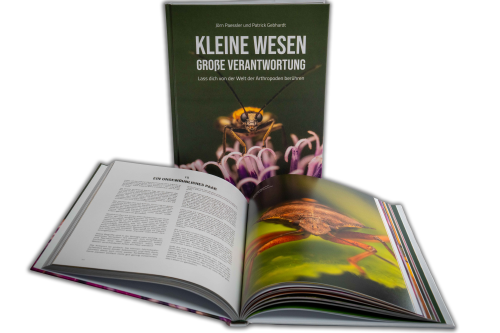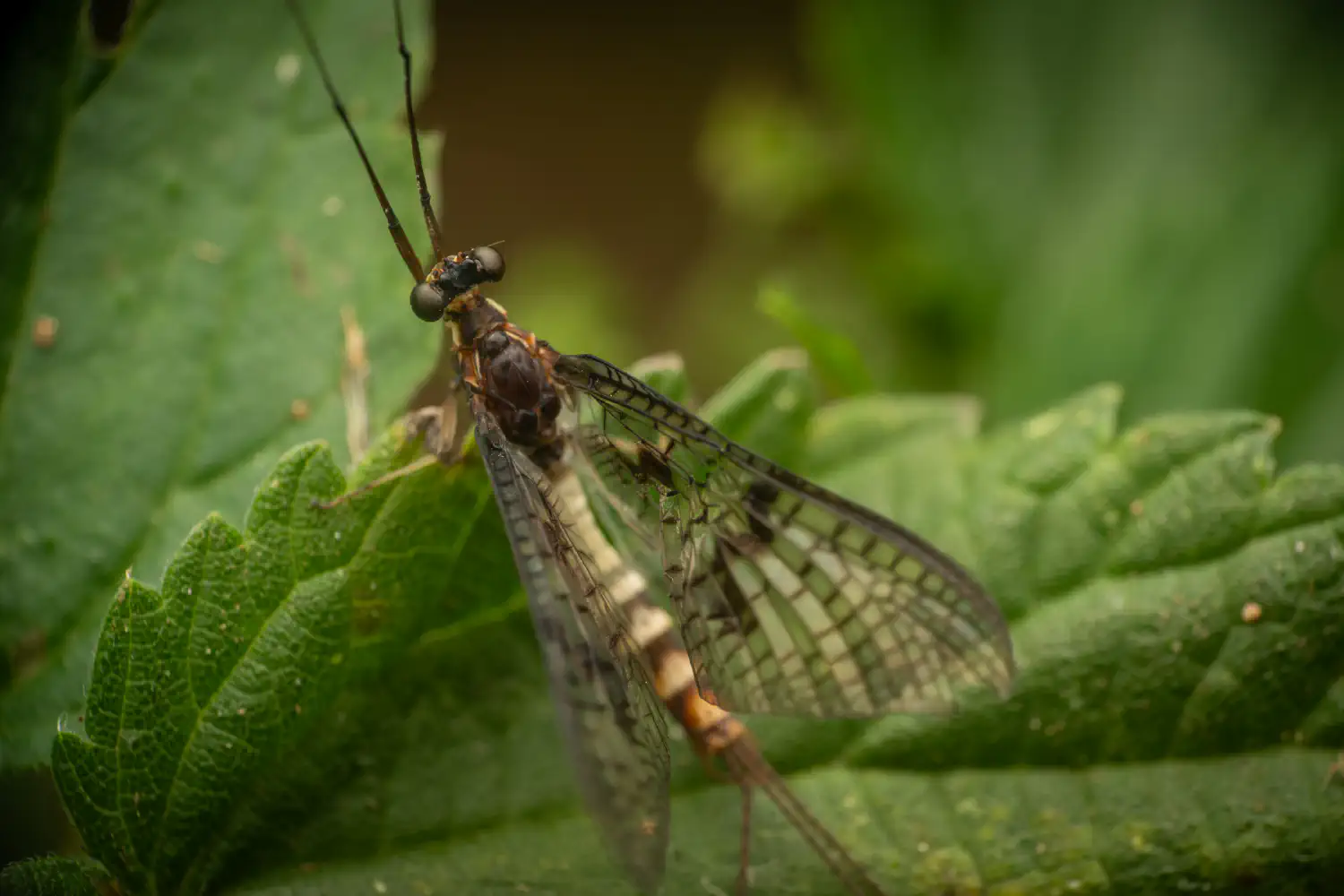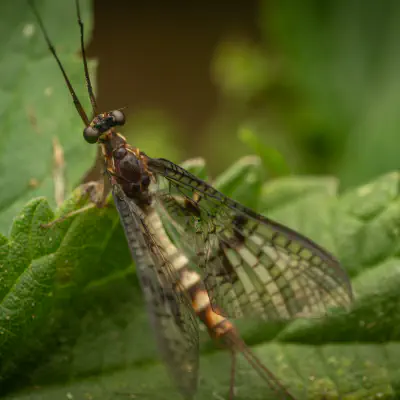Mayflies Lat. “Ephemeroptera“
Mayflies (also known as Canadian soldiers in the United States, or shadflies or fishflies in Canada and Michigan; also up-winged flies in the United Kingdom ) are aquatic insects belonging to the order Ephemeroptera. This order is part of an ancient group of insects termed the Palaeoptera, which also contains dragonflies and damselflies. Over 3,000 species of mayfly are known worldwide, grouped into over 400 genera in 42 families.
Hierarchy
Conservation
The nymph is the dominant life history stage of the mayfly. Different insect species vary in their tolerance to water pollution, but in general, the larval stages of mayflies, stoneflies (Plecoptera) and caddis flies (Trichoptera) are susceptible to a number of pollutants including sewage, pesticides and industrial effluent. In general, mayflies are particularly sensitive to acidification, but tolerances vary, and certain species are exceptionally tolerant to heavy metal contamination and to low pH levels. Ephemerellidae are among the most tolerant groups and Siphlonuridae and Caenidae the least. The adverse effects on the insects of pollution may be either lethal or sub-lethal, in the latter case resulting in altered enzyme function, poor growth, changed behaviour or lack of reproductive success. As important parts of the food chain, pollution can cause knock-on effects to other organisms; a dearth of herbivorous nymphs can cause overgrowth of algae, and a scarcity of predacious nymphs can result in an over-abundance of their prey species. Fish that feed on mayfly nymphs that have bioaccumulated heavy metals are themselves at risk. Adult female mayflies find water by detecting the polarization of reflected light. They are easily fooled by other polished surfaces which can act as traps for swarming mayflies. The threat to mayflies applies also to their eggs. “Modest levels” of pollution in rivers in England are sufficient to kill 80% of mayfly eggs, which are as vulnerable to pollutants as other life-cycle stages; numbers of the blue-winged olive mayfly (Baetis) have fallen dramatically, almost to none in some rivers. The major pollutants thought to be responsible are fine sediment and phosphate from agriculture and sewage. The status of many species of mayflies is unknown because they are known from only the original collection data. Four North American species are believed to be extinct. Among these, Pentagenia robusta was originally collected from the Ohio River near Cincinnati, but this species has not been seen since its original collection in the 1800s. Ephemera compar is known from a single specimen, collected from the “foothills of Colorado” in 1873, but despite intensive surveys of the Colorado mayflies reported in 1984, it has not been rediscovered. The International Union for Conservation of Nature (IUCN) red list of threatened species includes one mayfly: Tasmanophlebia lacuscoerulei, the large blue lake mayfly, which is a native of Australia and is listed as endangered because its alpine habitat is vulnerable to climate change.
Taxonomy and phylogeny
Ephemeroptera was defined by Alpheus Hyatt and Jennie Maria Arms Sheldon in 1890–1. The taxonomy of the Ephemeroptera was reworked by George F. Edmunds and Jay R Traver, starting in 1954. Traver contributed to the 1935 work The Biology of Mayflies, and has been called “the first Ephemeroptera specialist in North America”. As of 2012, over 3,000 species of mayfly in 42 families and over 400 genera are known worldwide, including about 630 species in North America. Mayflies are an ancient group of winged (pterygote) insects. Putative fossil stem group representatives (e.g. Syntonopteroidea-like Lithoneura lameerrei) are already known from the late Carboniferous. The name Ephemeroptera is from the Greek ἐφήμερος, ephemeros “short-lived” (literally “lasting a day”, cf. English “ephemeral”), and πτερόν, pteron, “wing”, referring to the brief lifespan of adults. The English common name is for the insect’s emergence in or around the month of May in the UK. The name shadfly is from the Atlantic fish the shad, which runs up American East Coast rivers at the same time as many mayflies emerge. From the Permian, numerous stem group representatives of mayflies are known, which are often lumped into a separate taxon Permoplectoptera (e.g. including Protereisma permianum in the Protereismatidae, and Misthodotidae). The larvae of Permoplectoptera still had 9 pairs of abdominal gills, and the adults still had long hindwings. Maybe the fossil family Cretereismatidae from the Lower Cretaceous Crato Formation of Brazil also belongs as the last offshoot to Permoplectoptera. The Crato outcrops otherwise yielded fossil specimens of modern mayfly families or the extinct (but modern) family Hexagenitidae. However, from the same locality the strange larvae and adults of the extinct family Mickoleitiidae (order Coxoplectoptera) have been described, which represents the fossil sister group of modern mayflies, even though they had very peculiar adaptations such as raptorial forelegs. The oldest mayfly inclusion in amber is Cretoneta zherichini (Leptophlebiidae) from the Lower Cretaceous of Siberia. In the much younger Baltic amber numerous inclusions of several modern families of mayflies have been found (Ephemeridae, Potamanthidae, Leptophlebiidae, Ametropodidae, Siphlonuridae, Isonychiidae, Heptageniidae, and Ephemerellidae). The modern genus Neoephemera is represented in the fossil record by the Ypresian species N. antiqua from Washington state. Grimaldi and Engel, reviewing the phylogeny in 2005, commented that many cladistic studies had been made with no stability in Ephemeroptera suborders and infraorders; the traditional division into Schistonota and Pannota was wrong because Pannota is derived from the Schistonota. The phylogeny of the Ephemeroptera was first studied using molecular analysis by Ogden and Whiting in 2005. They recovered the Baetidae as sister to the other clades. Mayfly phylogeny was further studied using morphological and molecular analyses by Ogden and others in 2009. They found that the Asian genus Siphluriscus was sister to all other mayflies. Some existing lineages such as Ephemeroidea, and families such as Ameletopsidae, were found not to be monophyletic, through convergence among nymphal features. The following traditional classification, with two suborders Pannota and Schistonota, was introduced in 1979 by W. P. McCafferty and George F. Edmunds. The list is based on Peters and Campbell (1991), in Insects of Australia.
External links
Data related to Ephemeroptera at Wikispecies Media related to Ephemeroptera at Wikimedia Commons Info about Ephemeroptera Archived 2009-06-29 at the Wayback Machine on Tree of Life Mayfly Central hosted by Purdue University
Ancestry Graph
Further Information
Copyright

This article uses material from the Wikipedia article Ephemeroptera the free encyclopedia Wikipedia which is released under Creative Commons Attribution-ShareAlike 4.0 International License). On Wikipedia a list of authors is available.

Little beings in print
Order our calendars and books today!
Compiled with love. Printed sustainably. Experience our little beings even more vividly in print. All our publications are available for a small donation.


